Description
The Vacuum Cleaner Motor is the heart of any vacuum cleaner, responsible for generating
powerful suction to effectively remove dirt, dust, and debris from various surfaces. By converting
electrical energy into mechanical energy, this high-speed motor creates strong airflow that lifts
particles into the vacuum system.
Designed for efficiency, durability, and reliability, vacuum cleaner motors come in both brushed
and brushless types, offering a balance between cost-effectiveness and high performance. These
motors are widely used in residential, commercial, and industrial vacuum cleaners, ensuring
optimal cleaning power with minimal energy consumption.
Key Features & Benefits
✅ Powerful Suction – High-speed operation at 20,000–30,000 RPM for efficient dust removal.
✅ Energy Efficient – Optimized for low energy consumption while maintaining high performance.
✅ Compact & Lightweight – Designed to fit within various vacuum cleaner models.
✅ Durable Construction – Features high-quality copper windings and reinforced bearings for long-lasting use.
✅ Noise Reduction – Many models include sound-dampening technology to minimize operational noise.
✅ Overheat Protection – Equipped with cooling fans or thermal protection systems to prevent overheating.
✅ Multiple Options:
🔹 Brushed Motors – Affordable and commonly used in standard vacuum cleaners.
🔹 Brushless Motors (BLDC) – More efficient, quieter, and longer-lasting but typically higher in cost.
Common Applications
🔹 Home Vacuum Cleaners – Used in handheld, upright, and canister vacuums.
🔹 Commercial Cleaning Equipment – Ideal for industrial and heavy-duty vacuum systems.
🔹 Car Vacuum Cleaners – Often powered by DC motors for portability.
🔹 Robotic Vacuums – Found in automatic and smart cleaning devices.
Our Vacuum Cleaner Motors deliver powerful suction, energy efficiency, and long-lasting
durability. Whether for home, commercial, or industrial use, these motors provide consistent
and reliable performance for efficient cleaning.
The Vacuum Cleaner Motor is the heart of any vacuum cleaner, responsible for generating powerful suction to effectively remove dirt, dust, and debris from various surfaces. By converting electrical energy into mechanical energy, this high-speed motor creates strong airflow that lifts particles into the vacuum system.
Designed for efficiency, durability, and reliability, vacuum cleaner motors come in both brushed and brushless types, offering a balance between cost-effectiveness and high performance. These motors are widely used in residential, commercial, and industrial vacuum cleaners, ensuring optimal cleaning power with minimal energy consumption.
Key Features & Benefits
✅ Powerful Suction – High-speed operation at 20,000–30,000 RPM for efficient dust removal.
✅ Energy Efficient – Optimized for low energy consumption while maintaining high performance.
✅ Compact & Lightweight – Designed to fit within various vacuum cleaner models.
✅ Durable Construction – Features high-quality copper windings and reinforced bearings for long-lasting use.
✅ Noise Reduction – Many models include sound-dampening technology to minimize operational noise.
✅ Overheat Protection – Equipped with cooling fans or thermal protection systems to prevent overheating.
✅ Multiple Options:
🔹 Brushed Motors – Affordable and commonly used in standard vacuum cleaners.
🔹 Brushless Motors (BLDC) – More efficient, quieter, and longer-lasting but typically higher in cost.
Common Applications
🔹 Home Vacuum Cleaners – Used in handheld, upright, and canister vacuums.
🔹 Commercial Cleaning Equipment – Ideal for industrial and heavy-duty vacuum systems.
🔹 Car Vacuum Cleaners – Often powered by DC motors for portability.
🔹 Robotic Vacuums – Found in automatic and smart cleaning devices.
Why Choose Our Vacuum Cleaner Motors?
Our Vacuum Cleaner Motors deliver powerful suction, energy efficiency, and long-lasting durability. Whether for home, commercial, or industrial use, these motors provide consistent and reliable performance for efficient cleaning.
📞 For More Information, Contact Us at: +971 6 5646340


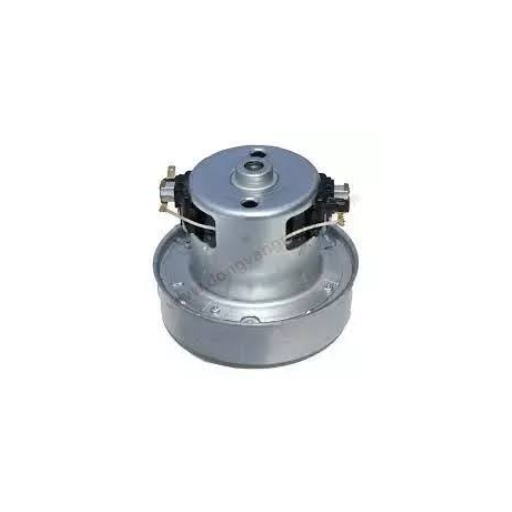
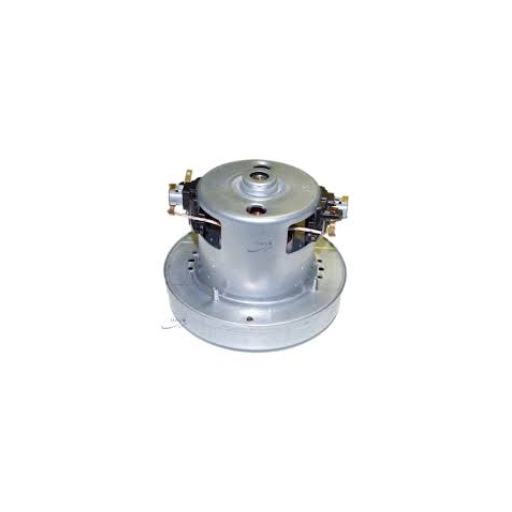

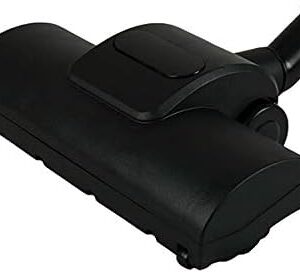
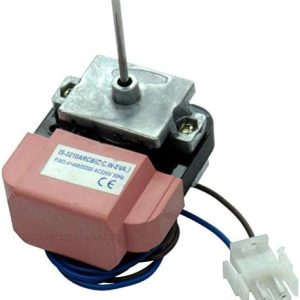
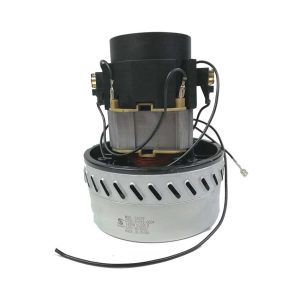
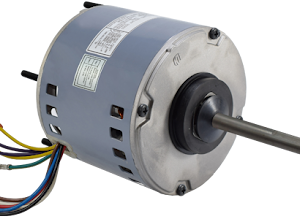
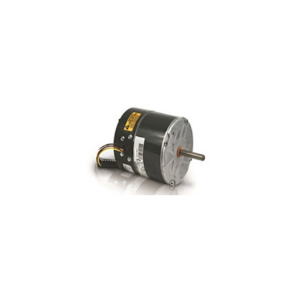
Reviews
There are no reviews yet.